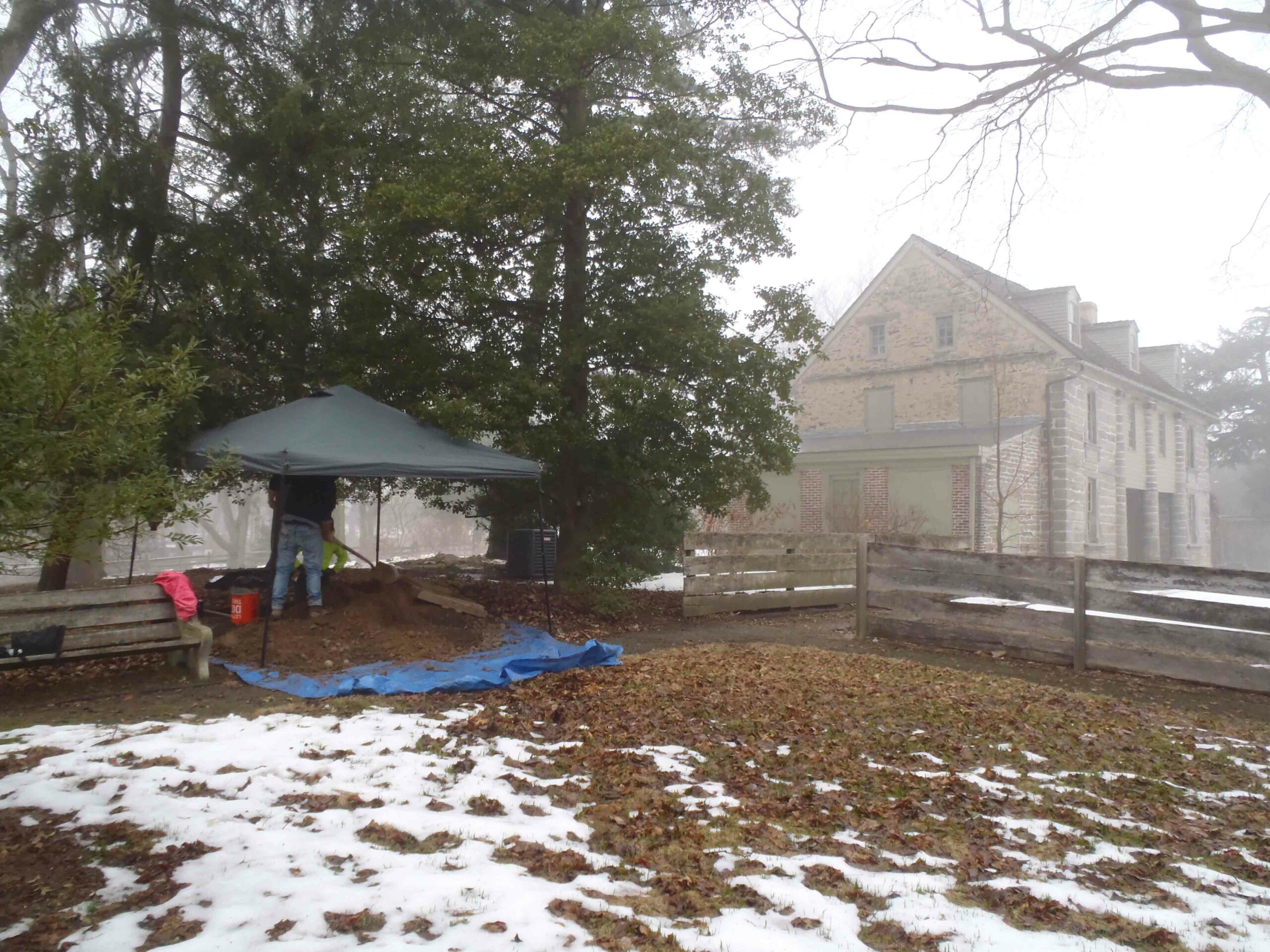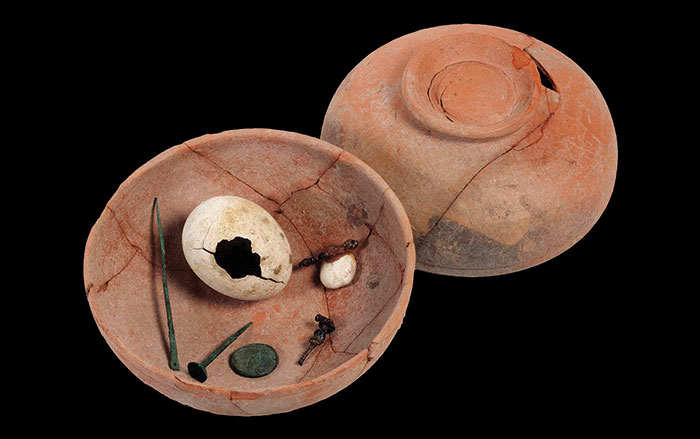
BARCELONA, SPAIN—The mitochondrial DNA of the first farmers in the Near East has been mapped by a team of scientists led by Eva Fernández-Domínguez of the University of Barcelona. They found that the 10,000-year-old genetic material, obtained from three sites in the Middle Euphrates basin and the oasis of Damascus, resembles the mitochondrial DNA of the first Catalan and German farmers. “The most significant conclusion is that the degree of genetic similarity between the populations of the Fertile Crescent and the ones of Cyprus and Crete supports the hypothesis that Neolithic spread in Europe took place through pioneer seafaring colonization, not through a land-mediated expansion through Anatolia, as it was thought until now,” she told Phys.org. Archaeological evidence, such as similarities in architecture and burials, also suggest that early farmers from the Middle Euphrates basin colonized Cyprus.










